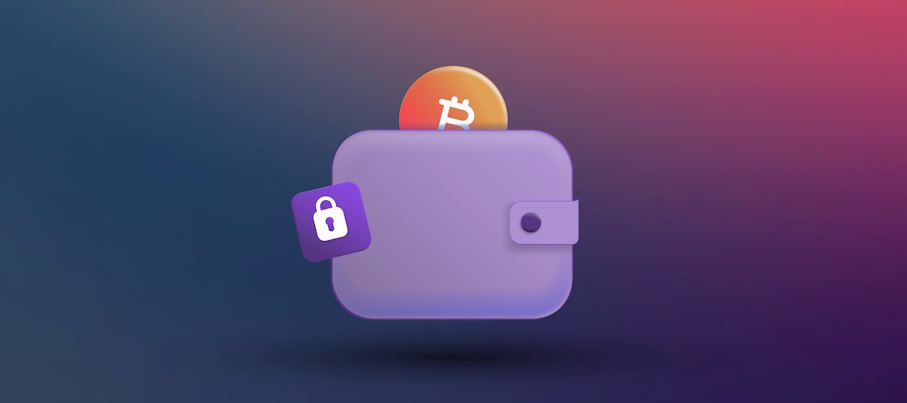Cryptocurrency enthusiasts and investors find themselves in a delicate dance with cyber threats, where the stakes are not merely financial but pertain to the very essence of digital ownership. Cold wallets, heralded as an antidote to the vulnerabilities of online storage, present a solution that hinges on safeguarding cryptocurrencies offline. However, as the allure of digital gold captures the imagination of many, the intricacies of cold wallet security often escape adequate attention.
Common Security Risks Associated with Cold Wallets
While cold wallets offer a robust line of defense, their effectiveness depends on the user’s diligence in avoiding common security pitfalls. Several missteps can inadvertently jeopardize the security of cold wallets:
- Lack of Proper Setup
A crucial mistake often made is not ensuring a secure environment during wallet generation. Using compromised systems or public networks increases the risk of exposing sensitive information to potential attackers. To counter this, it’s recommended to use air-gapped computers or dedicated hardware wallets. This ensures that the private keys are generated and stored in an environment with minimal risk of external intrusion.

- Inadequate Backup Measures
Lack of proper backup strategies can lead to irrevocable loss of funds. Hardware failure or unforeseen events can render cold wallets inaccessible. To mitigate this risk, users should create multiple encrypted backups of wallet information and private keys. Storing these backups in geographically separate, secure locations ensures that funds can be recovered even in the face of hardware failure or other disasters.
- Ignoring Physical Security
Neglecting the physical security of cold wallet devices can lead to theft, damage, or loss. While cold wallets are secure against online threats, their physical vulnerability is a real concern. Safeguarding these devices in locked and secure locations, such as safes or vaults, can prevent unauthorized access and loss due to physical incidents.
- Neglecting Regular Updates
Regular software and firmware updates are crucial to maintaining the security of cold wallets. Outdated software can contain vulnerabilities that hackers can exploit. Users should stay informed about updates provided by wallet providers and diligently apply them to ensure the highest level of security.
- Falling for Social Engineering Attacks
Even with robust technical security measures, human vulnerabilities remain. Hackers often resort to social engineering tactics to manipulate users into divulging sensitive information. Recognizing phishing attempts and verifying requests through trusted channels is essential to prevent falling victim to these tactics.

Best Practices for Cold Wallet Security
Armed with an understanding of potential risks and real-life examples, users can implement best practices to fortify their cold wallet security:
- Secure Setup and Wallet Generation
- Robust Backup and Recovery Strategies
- Physical Security Measures
- Regular Maintenance and Updates
- Educating Against Social Engineering Attacks
- Implementing Strong Password Management

































